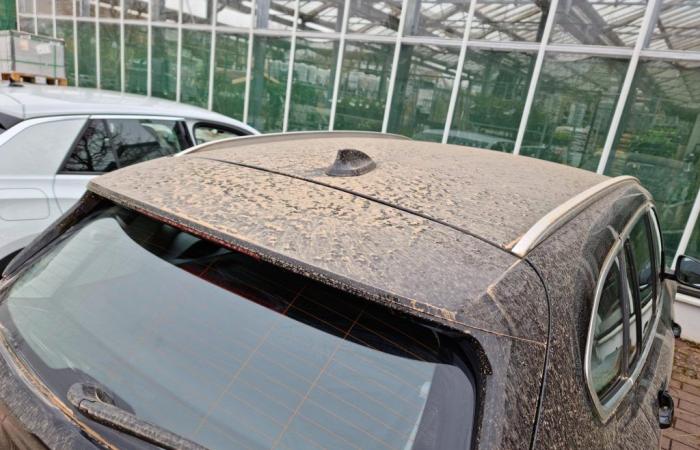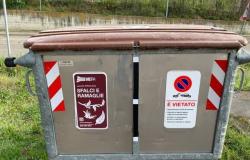Rome, 20 June 2024 – The African anticyclone is hitting Italy: a wave of heat and dust from the Sahara it reached Europe and our country this week. The peak is expected these days, Thursday and Friday, when our skies will turn yellow-orange and cars could be covered in a kind of ‘sand’. But what is this Sahara dust and why is it so frequent?
1442937978
What is Sahara dust?
“From the Sahara the sand doesn’t reach. Grains of sand, due to their weight and size, cannot in fact be transported long distances. Arriving in our continent are the finer dust, which have an average diameter of 20 microns and cover the North African desert. This dust can rise up to 10 thousand meters above sea level and be transported for thousands of kilometres. It is estimated that they rise from the great desert every year or so 180 million tons of dust which adds to the PM2.5 and PM10 already present in the atmosphere, with repercussions on public health”, he explains Alessandro Mianipresident of the Italian Society of Environmental Medicine (SIMA).
Learn more:
Athens like Mars, due to the sand of the Sahara: the Greek capital turns red

Because they are increasingly frequent
This phenomenon is not at all unusual. It has always existed and happens, as Geopop explains, when two conditions occur: low pressure in the North Atlantic Ocean and high pressure in the central-eastern Mediterranean or south-eastern Europe. The currents proceed counterclockwise from high to low pressure, pass over the Sahara desert and collect dust there. If disturbances arrive from the Atlantic, therefore from the opposite direction, this circulation slows down and there is more time to collect the material which will then arrive on land in European territory.
Learn more:
Tropics in Northern Italy and deserts in the South. How the climate of the peninsula is changing

What are the health risks
It is always Miani who explains what risks these fine dusts pose for our health: “The dusts can contain heavy metals and they can join the pollutants already present in the air and which then end up being inhale. SIMA’s advice is to avoid exposure to desert dust as much as possible, especially for subjects who already suffer from respiratory diseases or disorders and who are one of the most at risk categories, together with heart patientsgarlic elderly people and ai children”.




